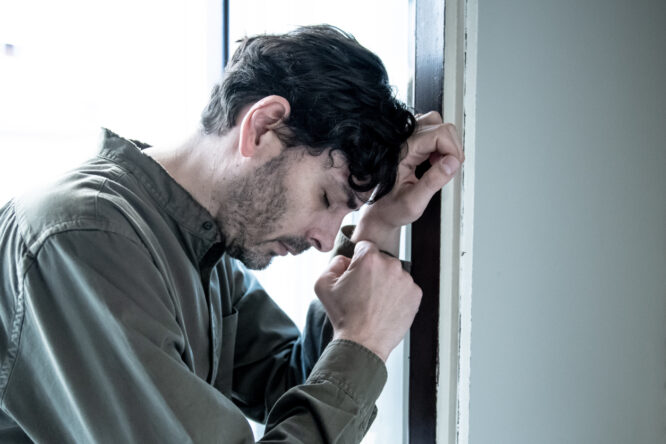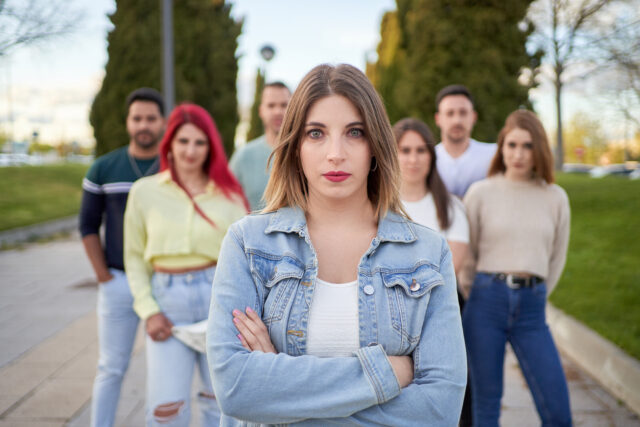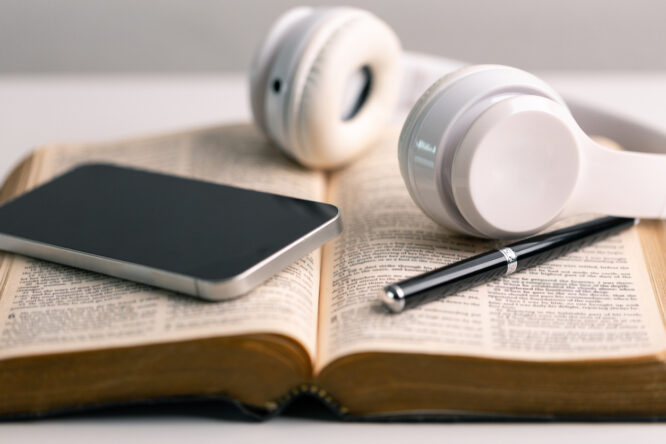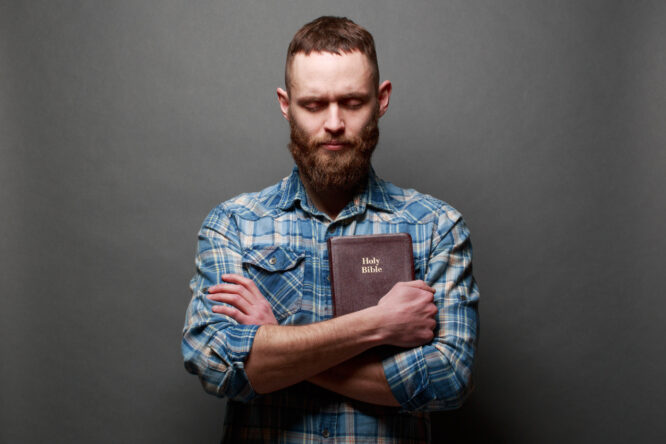South Korea has become a favourite destination for solo travellers, and for good reason.
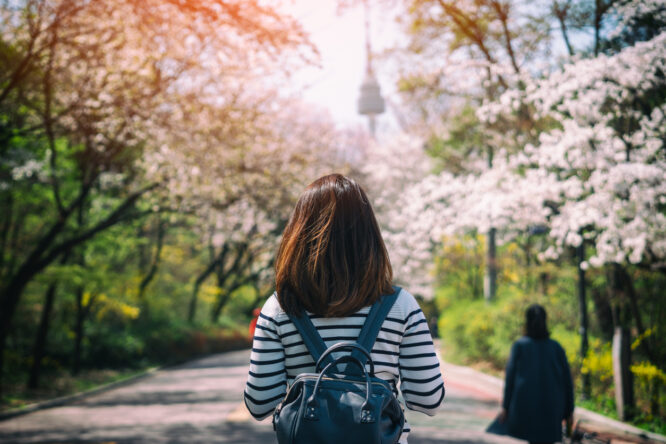
In fact, solo female travellers in particular often report feeling safe, welcome, and empowered while exploring it. The country’s known for its low crime rate, excellent infrastructure, and respectful culture. Of course, that doesn’t mean you shouldn’t stay aware. Travel is always about balance—enjoying the experience while staying smart. Here are 10 things worth knowing if you’re heading to South Korea solo as a woman.
1. The crime rate is low and solo travellers are common.

South Korea is one of the safest countries in the world when it comes to personal safety. Violent crime is rare, and it’s not unusual to see women walking alone at night in areas like Seoul or Busan without worry. Most locals are respectful and used to seeing foreigners, especially solo female travellers.
That said, like anywhere, keeping your wits about you matters, particularly in crowded places or nightlife-heavy districts. Petty theft is uncommon, but not unheard of in busy tourist zones. If you’re confident doing things alone at home, chances are you’ll feel even more at ease here—the pace, order, and calmness of everyday life is genuinely reassuring.
2. The public transport system is clean, safe, and reliable.
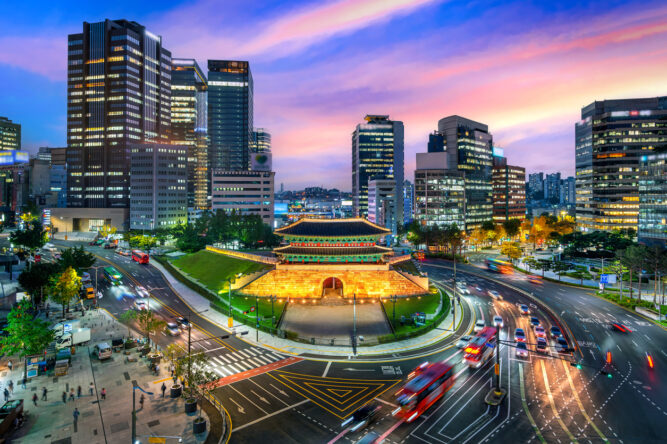
Public transportation is where South Korea really shines. The subway system in Seoul is efficient, easy to follow, and incredibly safe, even late at night. Buses are also reliable and well-monitored with CCTV, and many stations are equipped with helpful signage in English.
Women-only subway cars during late hours, brightly lit stations, and frequent announcements contribute to an overall feeling of security. If you’re nervous about navigating a foreign system, this one will likely feel surprisingly intuitive, and if you do get lost, help is usually nearby and kindly offered.
3. Street harassment is rare compared to many countries.
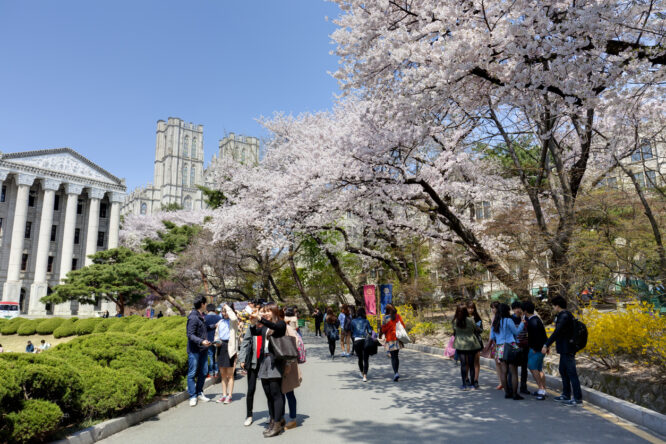
One of the most common comments from solo female travellers in South Korea is how refreshing it is to walk down the street without being harassed. Catcalling, staring, or being followed is extremely rare, and when people do approach, it’s usually out of curiosity or politeness.
This makes a huge difference in how relaxed you feel just existing in public spaces. Being able to explore without that constant alertness women often carry elsewhere is part of what makes Korea feel like such a breath of fresh air. You still want to stay aware, but you’re far less likely to deal with unwanted attention here.
4. Nightlife is fun but calls for the usual caution.
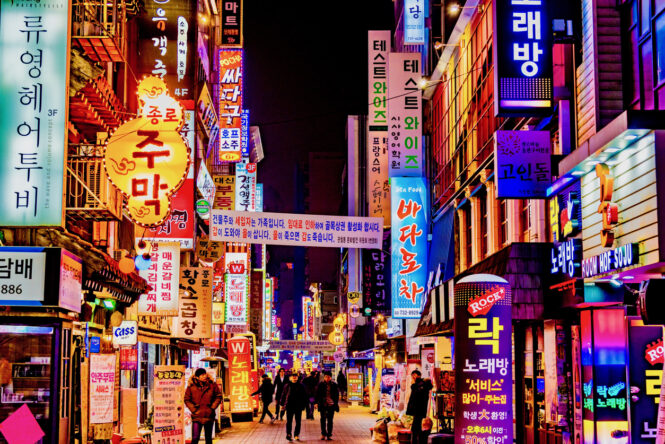
South Korea’s nightlife is full of karaoke rooms, lively bars, and clubs that go late, especially in areas like Hongdae or Itaewon. For the most part, going out alone is safe, but some travellers have reported drink spiking or uncomfortable encounters in more chaotic venues.
The best plan is to stay aware, keep your drink with you, and avoid accepting drinks from strangers. Apps like KakaoTaxi or checking into safe, well-reviewed bars can help keep you grounded if you’re planning a night out. If you’re not a nightlife person, there are still plenty of evening activities. Cafés stay open late and street food markets buzz after dark, offering a more relaxed vibe.
5. Hidden camera issues exist, but things are improving.
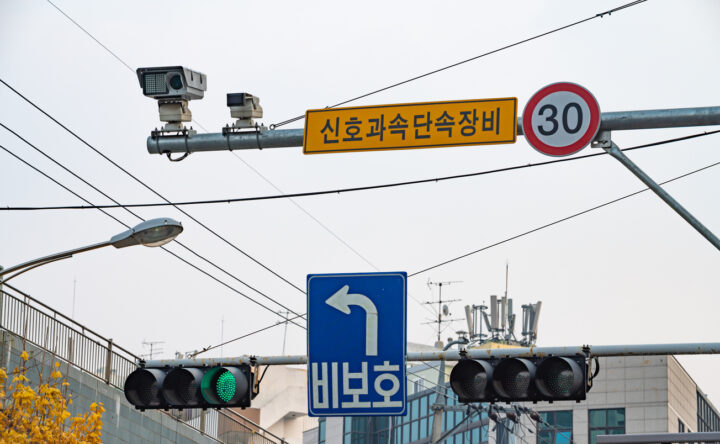
South Korea’s faced some issues in recent years with hidden cameras in bathrooms and changing areas, known locally as “molka.” It’s been a national conversation, and authorities have cracked down hard, with stronger laws and increased inspections in place now.
While the chances of encountering this are low, it’s worth being aware. Stick to modern, busy facilities, like those in department stores, airports, and hotels, and keep an eye out for stickers that show regular safety checks are done. It’s a shadow on an otherwise very safe environment, but not something that should deter you from travelling.
6. The language barrier is real but manageable.

English signage is common in tourist areas, and younger locals often understand basic English. Still, in smaller towns or outside the city centre, you might run into some communication challenges. Most solo travellers get by just fine — but a little effort goes a long way.
Download a translation app (Papago is a favourite in Korea), and learn a few basic phrases—”hello,” “thank you,” “where is…?” It’s not about speaking fluently; it’s about showing respect. Most people appreciate the effort and will try to help you however they can, even with a language gap.
7. Emergency support is accessible and tourist-friendly.

If anything does go wrong, South Korea has a reliable emergency system. Dial 112 for the police or 119 for medical help, and for non-urgent situations, the Korea Travel Hotline (1330) is available 24/7 in multiple languages.
This hotline can help with everything from finding directions to handling emergencies, which makes a big difference if you’re solo and feeling overwhelmed. Just knowing there’s someone you can call who speaks your language brings a lot of peace of mind while you’re far from home.
8. Accommodation is varied and solo-travel friendly.

South Korea has a wide range of clean, safe places to stay, and many cater well to solo travellers. Hostels, guesthouses, and even capsule hotels are popular, and many offer female-only dorms or secure private rooms.
Neighbourhoods like Myeongdong, Hongdae, and Insadong are central, walkable, and filled with places to eat, shop, and explore solo. Always check recent reviews and trust your gut when booking, but overall, South Korea makes finding a safe, welcoming place to stay surprisingly easy.
9. Staying connected makes everything easier.

Having mobile data is essential for maps, translation, transportation apps, and just keeping in touch with people. Buying a local SIM or using an eSIM is straightforward at the airport or in convenience stores.
South Korea also has great public Wi-Fi, but it’s not always secure or consistent. Having your own connection means you’ll feel more independent, especially when you’re out late or navigating somewhere unfamiliar. It’s a small investment that makes solo travel feel so much smoother.
10. Dressing modestly helps in more traditional areas.
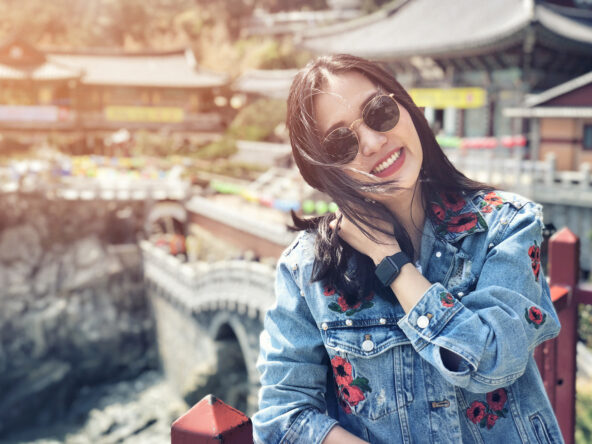
In major cities, you’ll see everything from trendy fashion to super casual wear. However, South Korean culture still leans conservative in certain places, especially when it comes to shoulders, cleavage, or revealing clothing in temples or older districts.
You don’t need to cover up head to toe, but bringing a light cardigan or longer skirt can help you blend in when visiting cultural sites. It’s more about comfort and ease than strict rules, and dressing thoughtfully often earns you a bit more warmth from locals, too.

